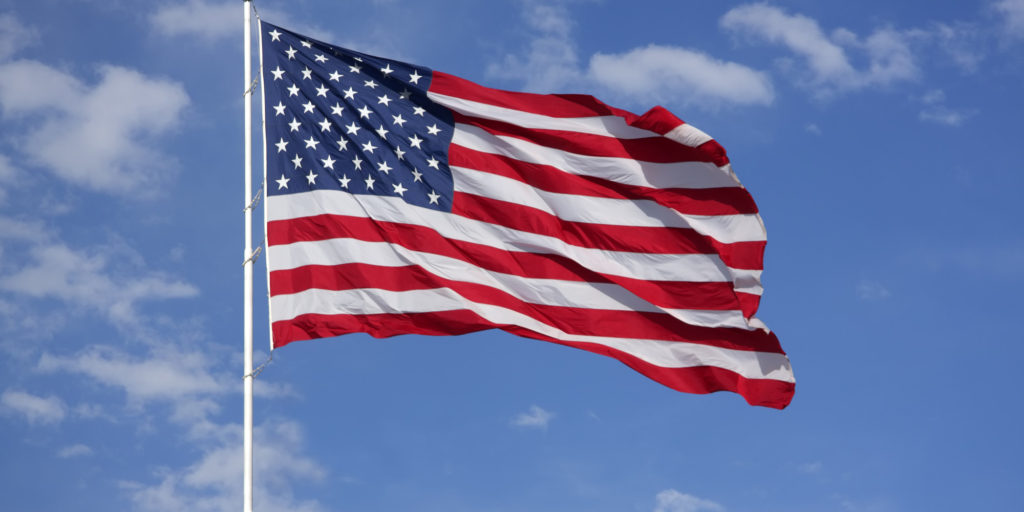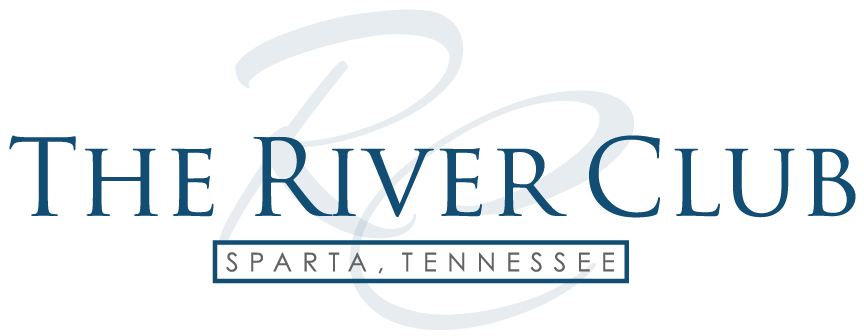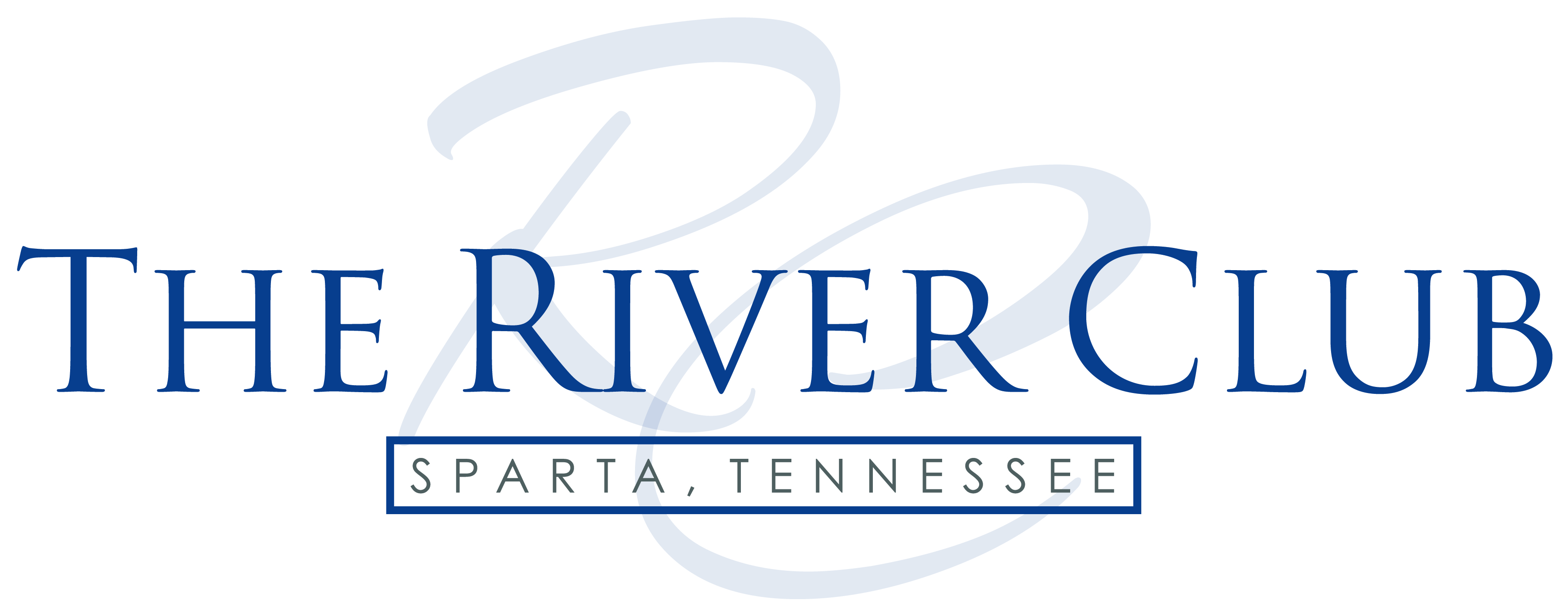The 4th of July is a wonderful holiday. Summer is in full swing, you can spend the afternoon in the backyard barbecuing with your family, then watch fireworks in the evening. Or if you live in a lenient state, you can even shoot of your own!
However, we think it is also important to remember what this holiday is about: America declaring its independence from England. This holiday commemorates that very special occasion, so it’s arguably the most important day of the year to display the U.S. flag. In honor of that, we’ve compiled a useful summary of the flag rules. If you’re familiar with them, you know that there are quite a lot, and it can sometimes be hard to find the ones that are relevant to your current needs.

About the U.S. Flag Code
On June 22, 1942, Congress passed a joint resolution that laid out what has come to be known as the U.S. Flag Code. It was later amended on December 22, 1942. There are rules for displaying the flag, folding the flag, flying the flag, and how to behave around the flag. In short, “The flag represents a living country and is itself considered a living thing (section 8j of The Flag Code).” Yes- you read that correctly- a living thing. The Flag Code is serious business.
Our summary of the most useful U.S. flag rules
- Usually, the flag should only be displayed outdoors between sunrise and sunset
- In special circumstances, to “achieve a patriotic effect,” the flag can be flown at night. In these situations it must be properly illuminated
- The flag should never be flown in inclement weather unless it is a special all-weather flag
- The flag should always be hoisted “briskly” and lowered “ceremoniously.”
- The flag should NEVER touch the ground. Ever.
- The flag should never be flown upside down, except to signal an emergency.
- The flag should always be allowed to fall free (don’t attach it to anything)
- The flag should never be used to carry, store or deliver anything.
- If a flag is displayed on a car, it must be on a pole which is attached to the right fender or the chassis. NEVER drape the flag over the hood of your car or boat.
- When the flag is hung on a Wall, the Unión (blue part with the stars) should be on the viewer’s left.
- The flag should never be flown along with an advertising banner.
- When displayed with other flags, the U.S. flag should always be at the peak. Furthermore, the U.S. flag should always be on the viewer’s left.
- When displayed over a street, it should be suspended vertically with the union to the north in an east and west street, or to the east in a north and south Street.
- You should never let the flag get dirty, torn or damaged.
- If you need to dispose of a flag, ot should be respectfully burned. There are many rules to follow during this process.
- You should never stand on a flag (if you have a flag on your doormat, please dispose of it immediately. See above rule).
- The flag should never be used to decorate an ítem. This includes napkins, plates, cushions or any disposable products. So no flag napkins or tableclothes for your barbecue tomorrow. Sorry- better to hear if from us tan that U.S. Veteran you’ve invited.
- Never wear the U.S. flag. Not even if you’re an Olympic athlete and you’ve just won the gold medal.
Other rules
The U.S. Flag Code contains many, many other rules. The above list is by no means exhaustive- it is meant merely to guide you through the 4th of July. If you would like to see the complete U.S. Flag Code, please refer to this website: U.S. Flag Code.
Happy 4th of July everyone! Please enjoy it safely and responsibly.


One comment
Cathy
July 3, 2016 at 12:52 am
Thank you for this information. I had no idea that all of these rules existed.